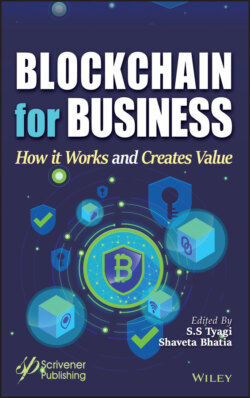Читать книгу Blockchain for Business - Группа авторов - Страница 68
2.3.2.2 Model 1: Utility Token Model
ОглавлениеA token can be regarded as a value, stake or representation of anything functioning in a particular ecosystem. Unlike crypto currencies, they are not dependent on some platform but tokens (golem) are used for a specific platform within the ecosystem called as native token. The utility token provides products and services to the users. The tokens have the potential to promote more functionality in the business. Examples of these kinds of
models are Ripple and Stellar. The utility tokens power the network and expedite the network activities. A part of the utility tokens is held by businesses and the rest is liberated for the functioning of the network. The stake of utility token changes because it works according to the supply–demand criteria; if the demand of the product increases, its supply decreases which tends to increase in value. This way, this model provides benefit to the businesses. It involves properties such as:
1 a. Role
2 b. Features
3 c. Purpose.
Crypto Token Usage and Value
| Roles | Purpose | Features |
| 1. Right | Bootstapping Engagement | Using Products—votingAuthentication—Product accessContribution—Ownership |
| 2. Value Exchange | Economy Creation | Rewards for Work-Selling some productPurchasing—Active/Passive workExpenses-Manufacturing product |
| 3. Toll | Skin In the game | Running smart contractsSecurity DepositsUsage Charges |
| 4. Function | Enriching User experience | Network joiningUsers ConnectivityUsage’s Incentives |
| 5. Currency | Frictionless transaction | Payment unitTransaction unit |
| 6. Earnings | Distributing profits | Profit sharingBenefit Sharing |
To make the work more effective the token can take many roles as possible.
